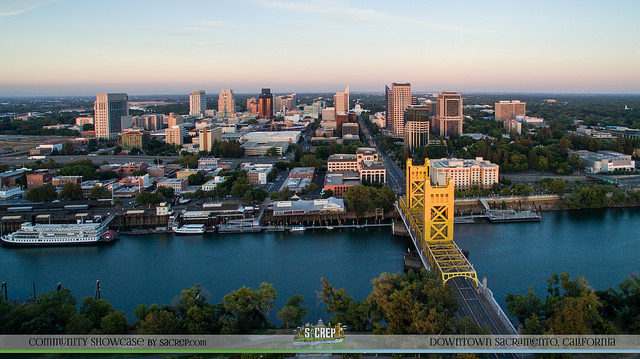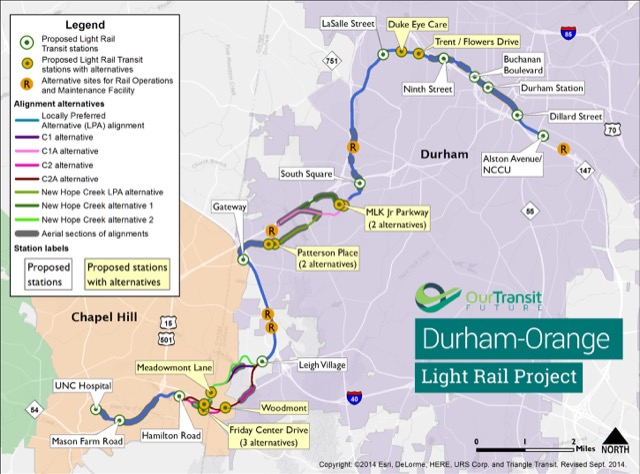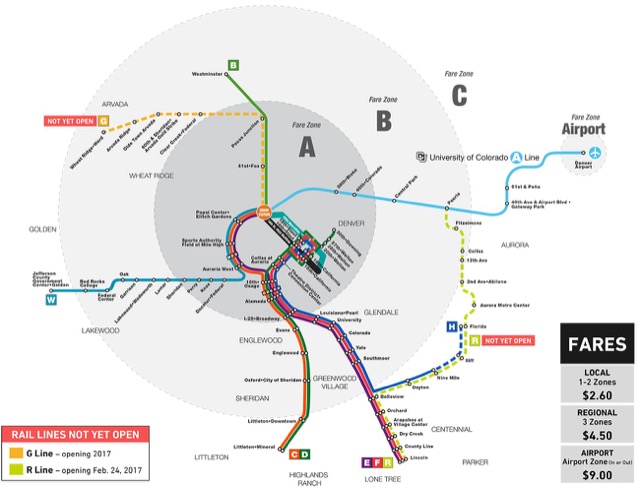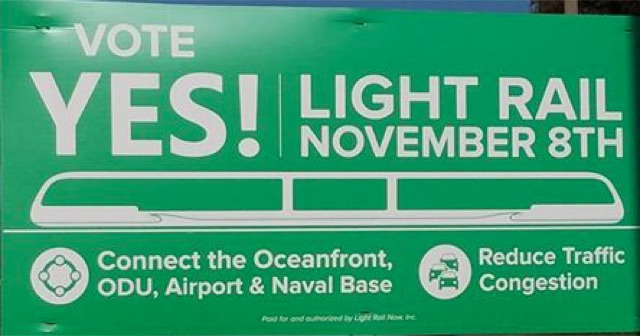If anywhere is a poster child for the effects of light rail on economic development, it is downtown Sacramento. Sacramento was one of the first American cities to build a modern light-rail line, opening its original 10-mile line in 1987 just a year after Portland’s. Since then it has extended that line and built two more, all of which go downtown, for a total system that is 45 miles long (compared with 60 miles in Portland).
Downtown Sacramento is mostly low-rise buildings with a few scattered high rises. Flickr photo by Sacramento Real Estate Photography.
As the capital of the nation’s most populous and possibly richest state, Sacramento is no small town. The urban area had 1.8 million people in 2015, slightly less than Portland and slightly more than San Jose. The city itself had half a million people, more than Atlanta, Miami, or Minneapolis. Continue reading











